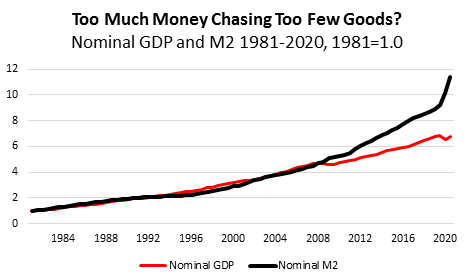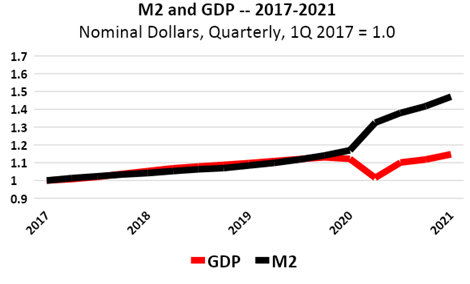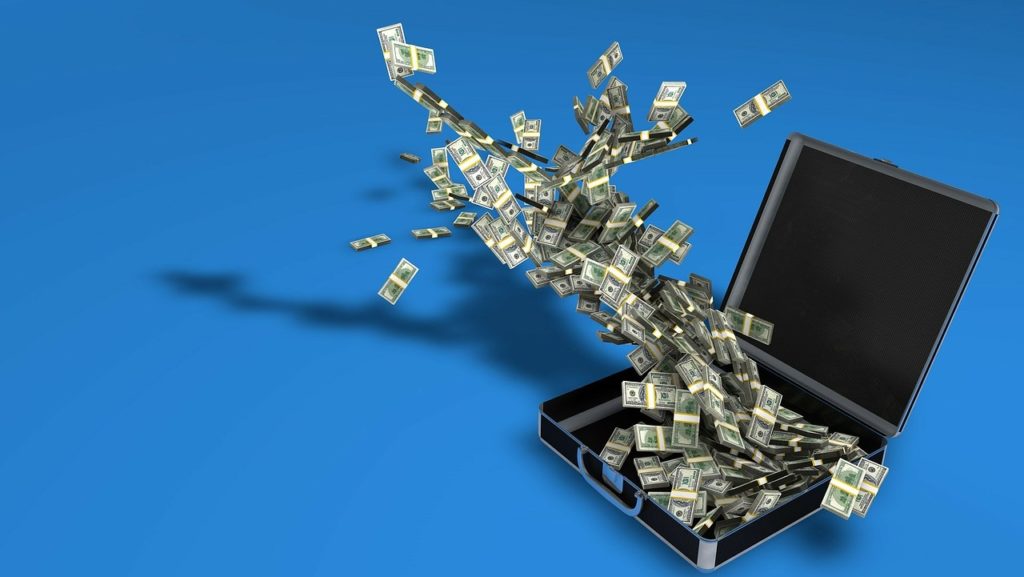
The Federal Reserve has targeted a 2% inflation rate for years, as though it’s a holy grail. As though 2% inflation was an economic panacea that would perfectly balance employment, business investment and bank lending.
Recently, the Fed has loosened the reins on inflation and let it charge ahead. Quite a bit – two consecutive months over 5%, two and a half times their self-imposed target.
For many, the big question is whether this is (to use Chairman Powell’s much-maligned phrase) “merely transitory,” a “blip” caused by supply-chain disruptions and post-pandemic recovery that’ll work itself out soon…
Or whether this is more akin to Carter-era inflation. The kind that shows up unannounced like college acquaintance, invites itself in and makes itself at home on your sofa. Finds the remote, turns on a game, and settles in for the long haul.
There’s no crystal ball. Instead, we have the bond market (it’s the next-best thing), which has consistently predicted long-term inflation rates of 2% or less for the last 20 months.
Is this proxy for a crystal ball cracked? Possibly. Many analysts point to the Federal Reserve’s insatiable demand for Treasury bonds, claiming that distorts the bond market and its signals beyond human interpretation.
Some voices have given up on condemning inflation, and instead have chosen to welcome it.
Inflation raises worker pay!
Here’s a rather hilarious “explainer” on the economic benefits of inflation. The best part:
Rising prices make it easier for companies to put up wages. They also give employers the flexibility not to increase wages by as much as inflation, but still offer their staff some sort of raise. In a world of zero inflation some companies might be forced to cut wages.
…click on the above link to read the rest of the article…

















